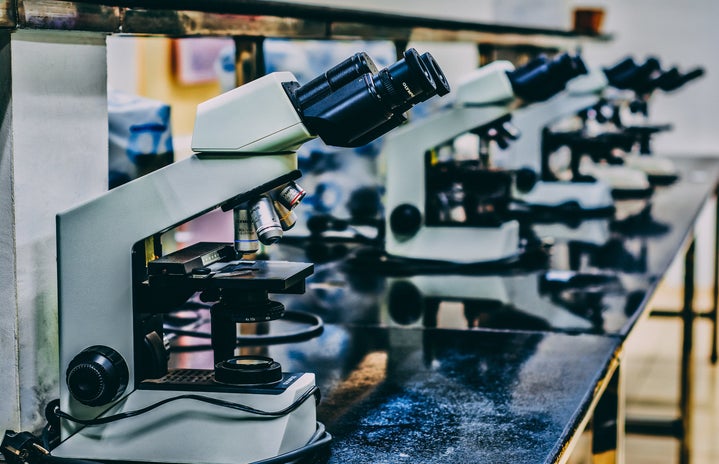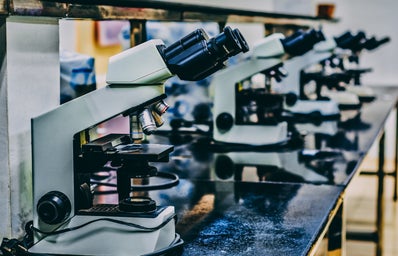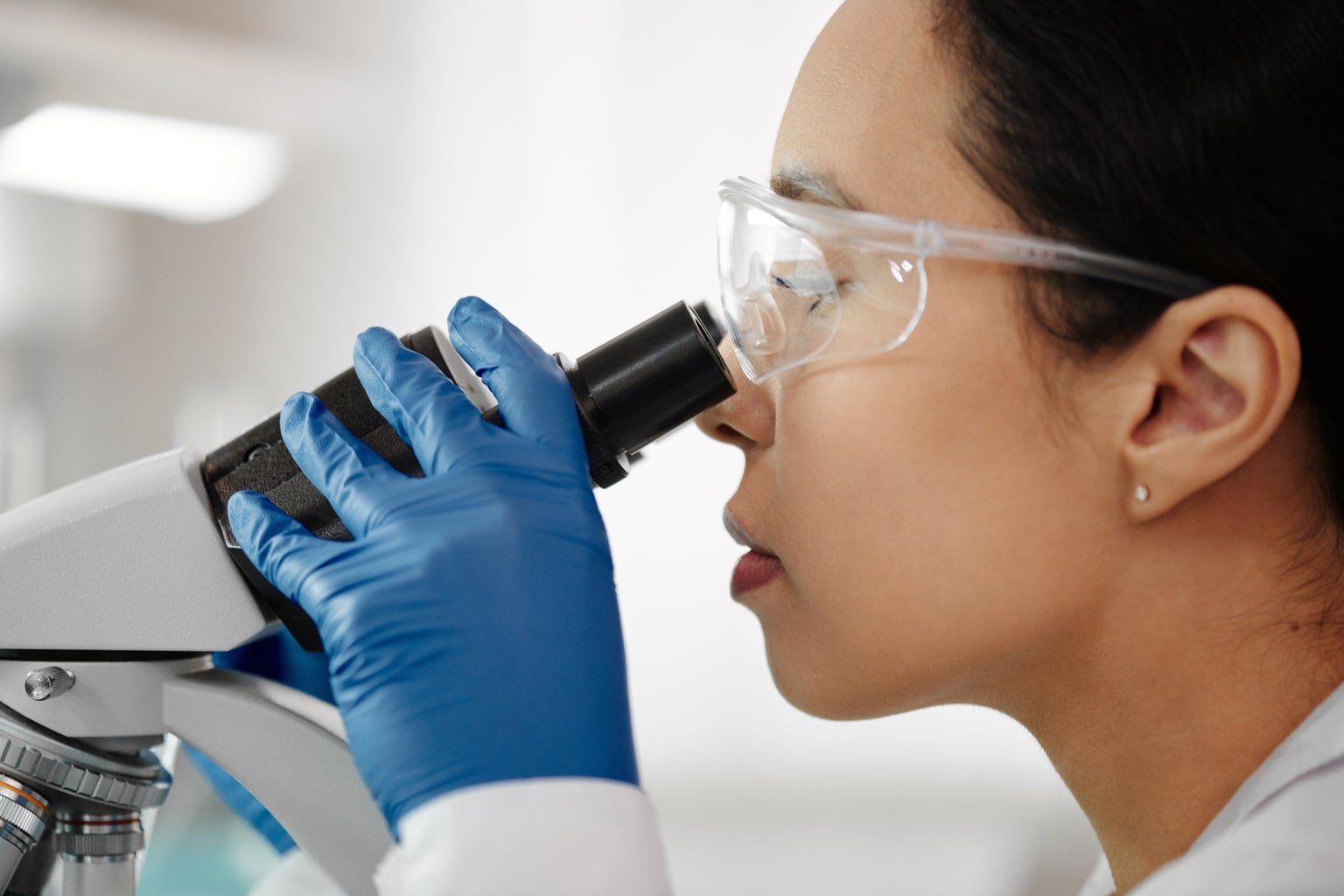From cancer genomic research to in-vitro fertilization to the polio vaccine — our modern world owes much of its scientific advancement to a story we should all know by now.
In late 1951, Henrietta Lacks passed away from aggressive cervical cancer at age 31. Though Henrietta’s story was cut short, beyond her life lay a trailing legacy of people, love, struggle, strife and experience. Deviating from the typical tragedy of a young life lost, the story of Henrietta Lacks is not merely one of grief, but further a story of major ethical transgression and exploitation by the scientific community.
Born in 1920 in Roanoke, Virginia, Henrietta Lacks was a Black woman who lived her life in the Jim Crow era of the American South. From a young age, Henrietta worked as a tobacco farmer, tending crops and animals for her family. Then, she eventually dropped out of school in the sixth grade, raising the first two of her children.
In 1941, she and her husband married and promptly moved to Maryland to begin their careers, family and lives together. Shortly after the birth of her fifth and final child, Lacks began to feel discomfort that could no longer be simply chalked up to pregnancy. Having confided in her cousins that she had felt a large “knot” upon self-examination of her cervix, Henrietta had ample reason to seek medical counsel following a traumatic, non-menstrual hemorrhage.
In the deeply segregated climate of Maryland, the Lacks family was relegated to attending Johns Hopkins Hospital as it was the only hospital that would attend to Black patients in their vicinity. There, Henrietta ended up in the care of Dr. Howard Jones. Upon examination of the gynecological tumor, Dr. Jones was taken aback by its fast-growing nature and hard structure, describing the tumor as like nothing he’d ever seen. After the diagnosis of her cancer, doctors prescribed Lacks a series of radium treatments — treatments during which several biopsy samples of the tumor itself were taken without her knowledge or consent.
Devastatingly, the radium treatments failed. Lacks passed away and her family returned to their lives empty-handed and empty-hearted, unknowingly having set off a cascade of scientific advancement that extends to this day.
Curious to study the ever-growing tumor of his late patient, Dr. Jones shipped the biopsy sample to Hopkins’ research specialist, Dr. George Otto Gey. Unlike other perishable tissues, Henrietta’s cell line was found to be extremely fast-growing and durable through time. This remarkable undying quality of the cells — stolen from a dying woman’s womb — made them an invaluable tool for scientific research as the first successful use of “in vitro” cells.
Nicknamed “HeLa” to pay a performative homage to their prior host, the cells were then exported to laboratories across the world for experimental biomedical research. In the study of disease, genomic advancement and countless other pursuits, HeLa cells have proved to be the key of the modern scientific research community.
As a young woman hoping to pursue a career in STEM, two years deep into my biology degree, my own ignorance to Henrietta’s story took me aback. Learning about her story filled me with a sense of eerie sadness, but also hope at the future progression of UCLA’s interdisciplinary curriculum. No matter the field of study, the job of an education is to empower generations both past and future, helping to heal and prevent such injustices to occur. As students today, it is our job to curiously uncover all we can about the strong and wonderful people, so often forgotten, upon whose backs today’s world is built.





